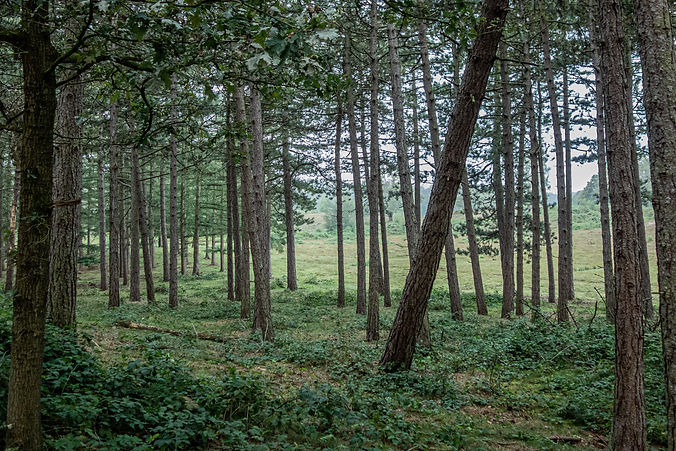

How We Farm

We believe it is possible to produce healthy food while regenerating an ecosystem, and we use Permaculture and Agroforestry techniques to do so.
Pasture for livestock is managed around windbreaks planted for fodder and for timber, alley-cropped between rows of fruiting perennials, and as silvopasture in the natural forest edges. By integrating livestock grazing into the planted systems, we simplify management of the ecosystem while producing nutrient-dense meat and fruits.
The diversity of domesticated plants and animals we've introduced plays into the resilience of wild elements in a natural environment where nutrients (sunlight, water, oxygen, nitrogen, carbon) can cycle properly, and contribute to the health of the ecosystem as a whole, as well as each of its constituent parts.

Regenerative Agriculture Principles for Soil and Ecosystem Health


Keep the Soil Covered
Prevents erosion, maintains soil moisture, increases nutrient bioavailability

Minimize Soil Disturbance
Protects soil structure and microorganisms keeping nutrients on site

Maintain Living Roots in the Ground at All Times
Keeps nutrients bioavailable and exchanged between soil and plants

Increase Biological
Diversity
Supports a web of life with mutually dependent elements


Integrate
Livestock
Ensures the presence of all elements of an ecosystem

Nutrition & Quality
Food at Meadow Hill is organically produced, leveraging regenerative practices that allow us to harvest sustainably. Living and farming in this way produces real food and imparts a healthy lifestyle of being active in a natural environment.
Modern Farming Techniques are Creating New Problems
Modern farming practices do not account for their impact on the surrounding environment. Focusing any farm on producing any single product or output ignores the beneficial context of growing food in a functional ecosystem. Holistic management requires more commitment and interaction from the farmers, which we fully embrace, and avoids many of the pitfalls of trying to grow food in a brittle environment.
Conventional agriculture has replaced that ecosystem with heavy machinery and chemical applications, and destroyed the collective health of the planet. We are showing it is possible to eliminate the negative effects of farming on the environment and the community, and be productive and profitable.
By diversifying the products we grow and sell, we have also diversified the domestic aspects of our local ecosystem, making it healthier and more resilient to market or climate forces.

